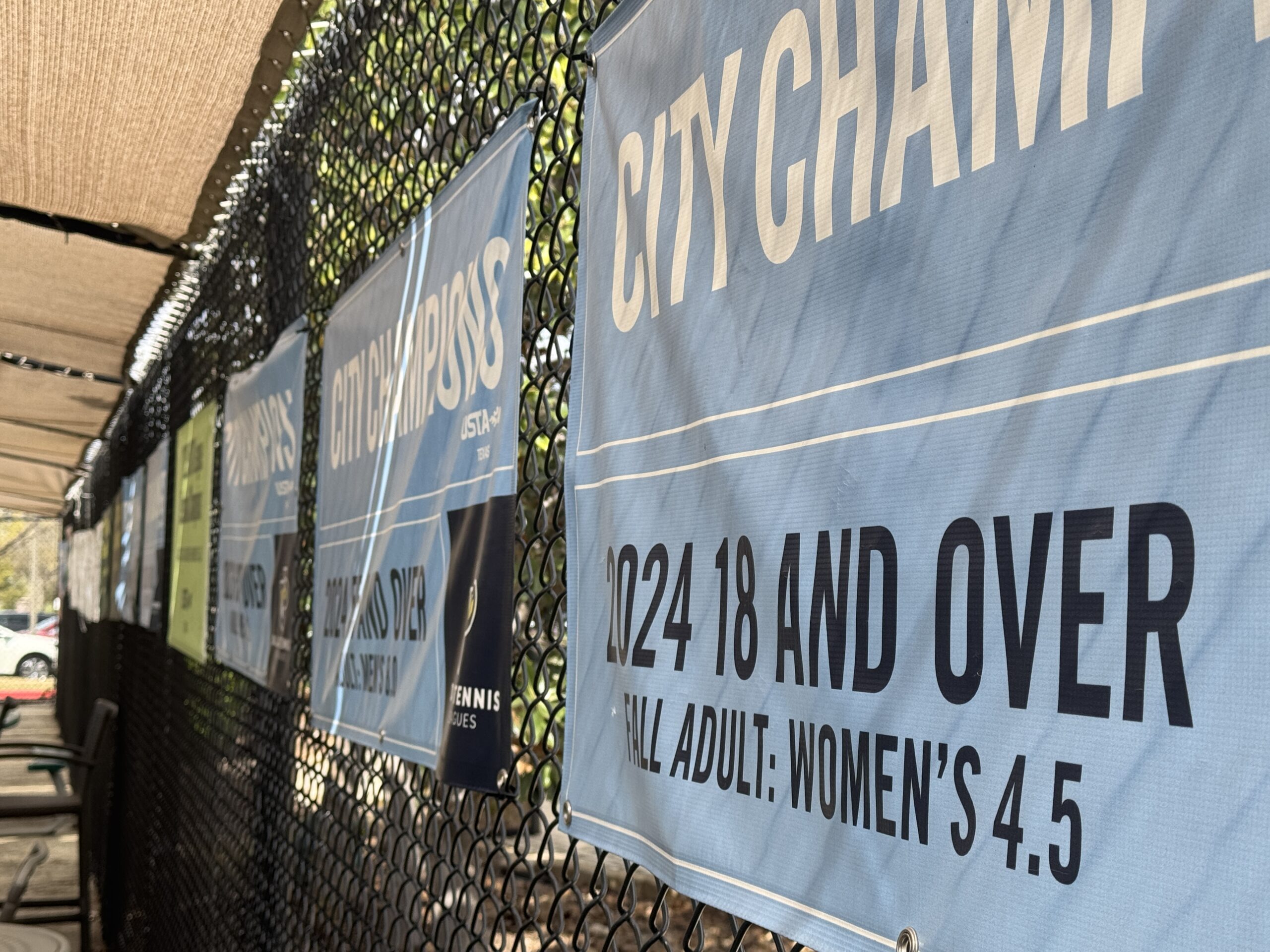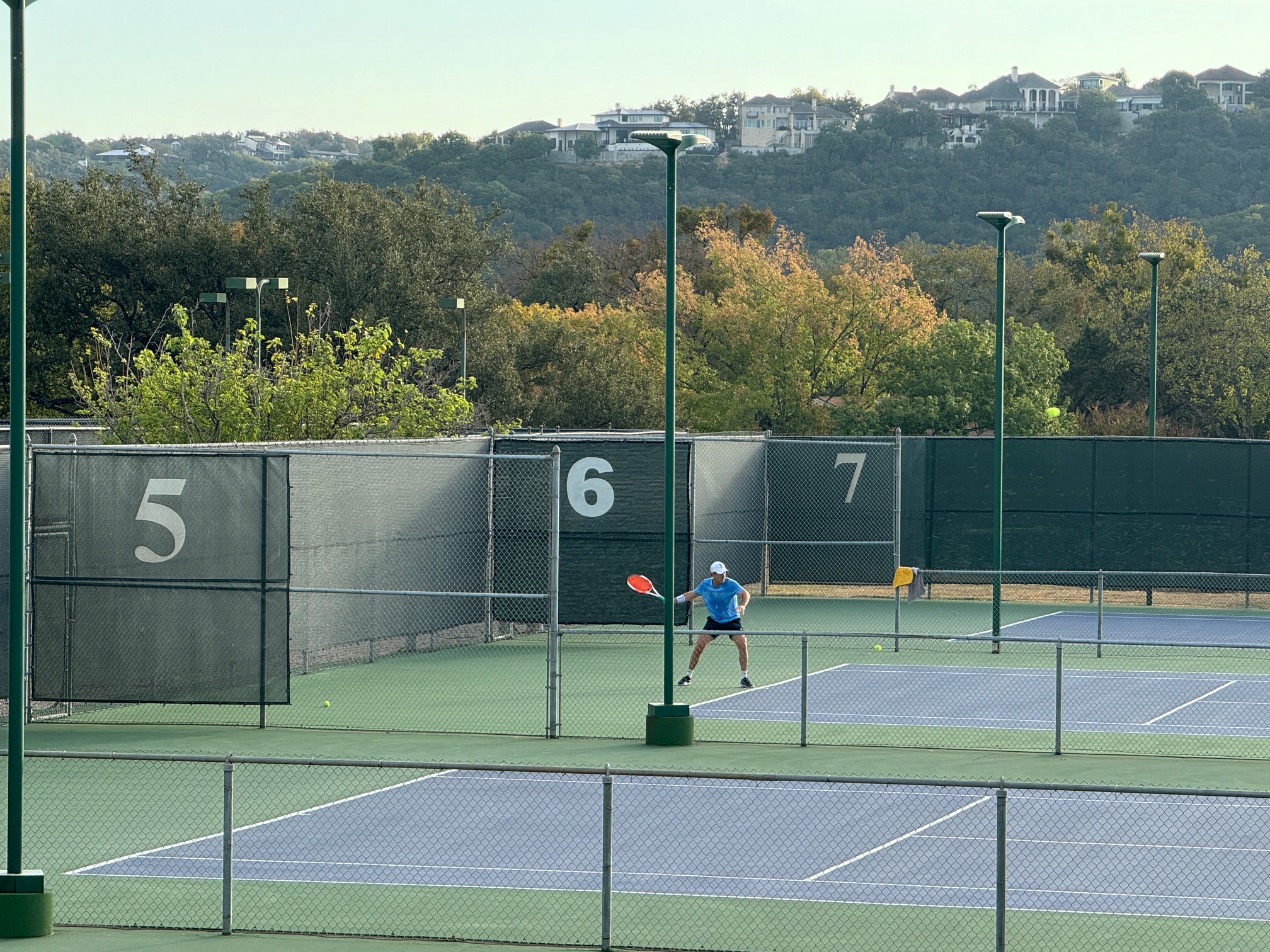An edge case is a scenario that occurs at the extreme boundaries of a system’s expected operation. It usually involves unusual inputs or conditions that test limits and create unintended consequences. A recent disqualification scenario from last January’s Tri-Level Sectionals in Texas has revealed an interesting edge case of NTRP ratings expiration. This situation is somewhat unique to Tri-Level since the full scope of the USTA National Invitational team competition is conducted in timeframes that cross both the calendar year and the NTRP ratings year, which are subtly not the same. In fact, this whole scenario is a great illustration of how the NTRP ratings lifecycle doesn’t strictly align with the calendar.
The Tom Fey USTA National Tri-Level Invitational is held annually in March. However, this event is unique because it is played under ratings as of the end of the previous calendar year. For example, in the 2025 event held earlier this month, the player ratings used to determine eligibility were the ones in place on December 31, 2024. In other words, last year’s ratings.
The USTA’s NTRP annual ratings are awarded based on a calendar year. Officially, those ratings are valid from January 1 to December 31. However, the timeline for the matches included in each year’s calculation is time-shifted much earlier. That is evidenced by the fact that ratings for the coming year are published around December 1, thus no matches from December are included. However, the matches that count in that calculation end even earlier than that. From the dim recesses of my mind, I think the cutoff date for inclusion is usually when the last official USTA League National Championships conclude. That is typically around November 1 of each year. Put more succinctly, the NTRP ratings calculation for each year includes matches from approximately November 1 through October 31.
The Tom Fey USTA National Tri-Level Invitational has unique rules and conditions for player eligibility in the March Championships. However, the organizers place no rules or conditions on how each Section determines advancement to that event other than the stipulation that the players on each team must have played two matches to be eligible. There are no date requirements for when any local or Sectional competitions are held, as long as the team representing the Section can meet the National Championships registration deadline. As a reminder, the usual USTA League progression requirements do not apply to Tri-Level because it is a National Invitational rather than an official USTA League.
The timeline of play in the USTA Texas Section spans both the NTRP calendar year and the time-shifted match inclusion window for annual ratings calculations. Most local areas (qualified CTAs in Texas parlance) hold team tournaments in November, and Sectionals is held in the following January. (This is why I frequently say that Tri-Level is Greek for “inclement weather.”) Playing outdoors in those months is unrealistic for many other Sections. In many parts of the country, local and Sectional Tri-Level events are scheduled much earlier in the year. Consequently, this ratings edge case will happen in some Sections with timelines similar to Texas’s, but not in others.
USTA NTRP ratings expire after three years of inactivity. However, that timeframe doesn’t correspond to the calendar year, but rather to the November 1 to October 31 (-ish) match inclusion window across those three years. Consequently, for the Tri-Level schedule of progression used in USTA Texas, a player who had not played in a couple of years could compete in three (or more) matches in their local Tri-Level event with a valid Computer rating that is about to expire. Those matches would not count toward their ratings that are about to be published for the following year. However, they would be included for the second following year.
This creates an interesting scenario in which a player could have a Computer NTRP rating for 2024, an expired rating in 2025, and then receive a Computer rating in 2026 even if no additional matches were played other than a Tri-Level local event conducted in November. It is an unusual situation, but it is entirely plausible.
Last weekend, I contacted the official point of contact for the Tom Fey National Invitational, who has always been extremely gracious in answering my annoying questions. Specifically, I asked whether a player whose rating expired at the end of the calendar year but who had met the other qualification criteria for the tournament would be allowed to play at the National Invitational. She could not provide a definitive answer because the scenario had never happened before. The best answer is that it would be referred to the tournament committee for a decision.
I would hope that since the Tri-Level National Championships are played under last year’s ratings, if any player with a recently expired rating going into the event arises in the future, they would be permitted to play. A factor that bolsters that argument is the recent scenario I outlined in “A New Roster Rule Emphasis for Tri-Level.” In a nutshell, players who were on a Tri-Level roster at one level per the previous year-end ratings are ineligible to satisfy roster minimums at the next level, even if they were promoted. If a recently promoted 4.5 can’t count as a 5.0 to play in the National Invitational, it logically follows that any player with an expired rating should not be excluded. It would be inconsistent to say that one player’s rating as of December 31 is valid while another’s isn’t.
That idea is important to remember as I cover the specific scenario that arose at Texas Sectionals next Wednesday. Two players were determined to be ineligible because their ratings had expired at the end of the year. The logic for that scenario is very similar. However, the timeline is different because Texas Sectionals are held in January, when new ratings are not only published but are also very much in effect, even though it is a play-in event for the Championships that use last year’s ratings. It is a classic edge case where this gray area in ratings and eligibility rules can negatively impact well-intentioned players doing their best to engage in the USTA competitive ecosystem.
There’s enough frustration to go around on this one.



